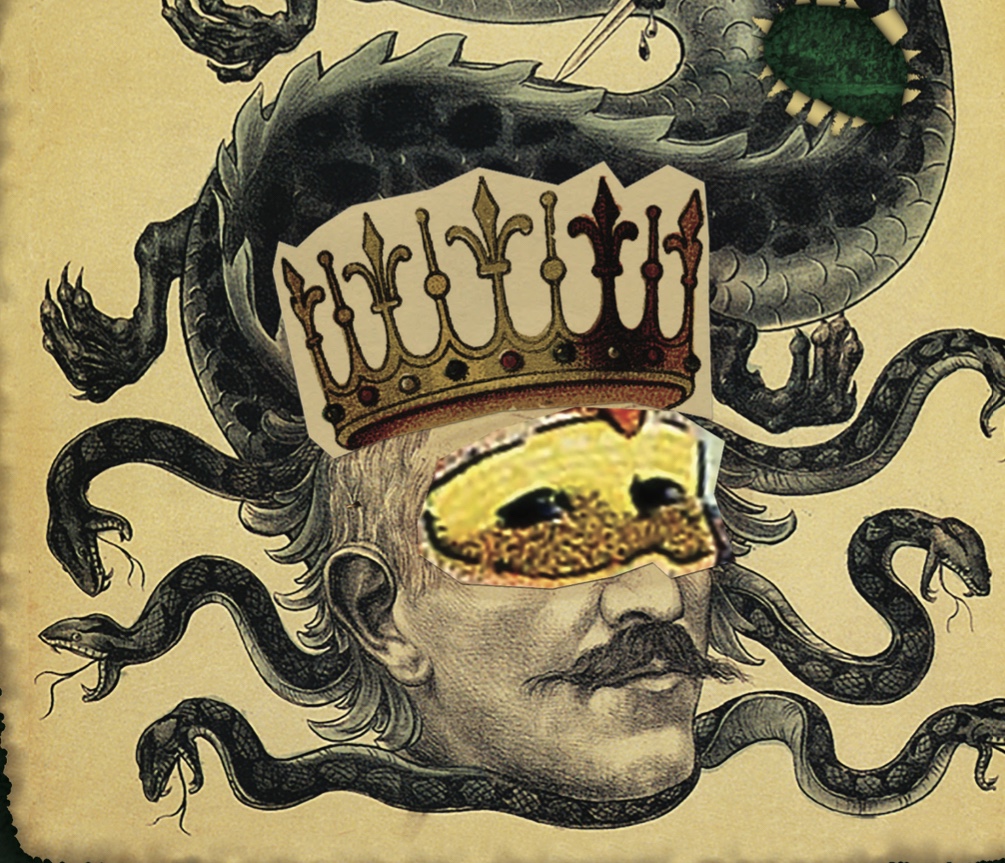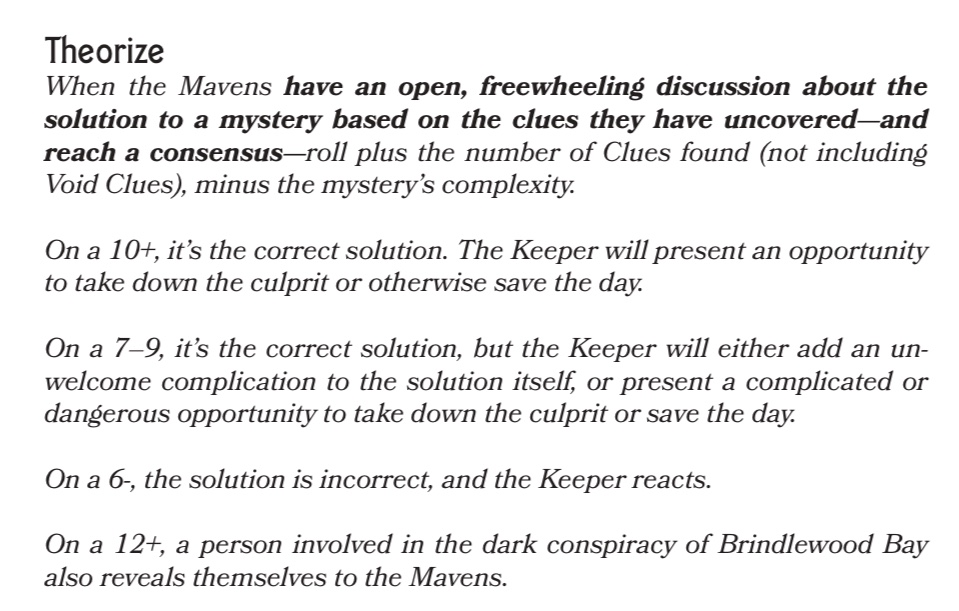
I like a good mystery and back when I was first roleplaying Call of Cthulhu was my game of choice. It combined investigations with horror. The problem was that in a lot of the writing things could end up gated off by a success on a die roll. If you fail your Library Use roll, you just have to keep going. The 7th Edition of Call of Cthulhu has apparently been a bit better at dealing with these sorts of things and it was of course possible to hack the system or adventures to behave better. Rather than do that, here are some games which have tackled investigation in interesting ways.
Trail of Cthulhu and Yellow King’s Investigative Abilities
Both born out of the Gumshoe system, Trail of Cthulhu and Yellow King bypass the need for a pass/fail system when clues to pursue are on the line. If you have a relevant ability then you can get any clues which are present. Nice and simple. I mainly know this from Yellow King as I’ve been working my way through that series of books at the moment.
As an example, an art student in Yellow King’s Paris setting is in the workshop of a friend who went missing. They have Sculpture as an Investigative Ability so they look around and the GM explains that there’s one statue which stands out from the others. Specifically the style doesn’t match the artistic flourishes which the missing friend put in his work. Maybe the feet are more normal than the artist makes them or the expression doesn’t fit those he tends to make. The player can accept that this is a clue and the statue stands out, or they can spend a Push to get a bit more. Maybe the Push allows the character to see wet footprints just about visible leading up to where the statue is but not away, or explain that the stone is not like anything found on Earth.

Squamous and Cthulhu Dark’s Relentless Clues
These are two games which have quite different ways of handling cosmic horror. Cthulhu Dark is a game which follows the descent into forbidden knowledge and the innate tragedy befalling the cast. If you fight a monster, you’re dead right away in Cthulhu Dark. You have one stat which is your Insight slowly cracking as you see horrors you were not meant to see. Squamous takes more of an investigatory approach, allowing success in fights, campaigns and levelling up of characters.
Both these games do one specific thing with these stories: Even on a failed roll, you get a clue. Cthulhu Dark has you roll 1d6 plus one if you’ve got any character details (background, career, etc) which will help and another if you’re willing to risk your body or mind. You pick the highest result. On a four you get what you want, on a five you get a bit of a bonus and on a six you get too much. On a one to three you get only enough information to continue but with a sting in the tail like taking a lot of time, getting hurt or anything else along those lines.
Squamous uses 1d6 and you roll trying to get a result equal or above your stat. As an example you might roll against Mind to carry out research or Person to interview a suspect. You can get a minor bonus or penalty to the rolls, but not much. If you succeed you get a major clue: direct & clear actionable information you can make use of. If you fail you get a minor clue: vague & indirect, leading you to something which might help but you’ll need to work to get further with it.
I love that both of these games keep momentum even if you’re hurt or impeded somehow.

tremulus’ Lore Currency
The PbtA Lovecraft game tremulus gives out clues as the result of certain moves like Puzzle Things Out. This is in the form of Lore, a currency powering a move each playbook has, as well as any spells. The great thing is that the information gained can be anything to help drive the plot, but in giving them an amount of Lore you’re saying that this is specifically relevant to what they’re doing and providing them with a prize. The Lore Moves don’t always directly affect the investigation, as they can include things like healing other characters or asking questions about an object. Still, that kind of ‘Achievement Unlocked’ sort of thing in saying, “Have a point of Lore!” means the players know the information they’ve got is relevant to what’s going on in the story itself. Players can get lost or follow false leads, but in Puzzling Things Out, they might become aware of what’s in the scene which advances the story.

Brindlewood Bay – The “Theorize” Move
This is something I love from a game I’ve been reading lately. Brindlewood Bay has you playing old ladies who are a book club, but also they solve murders.
The GM in the game creates or uses an existing scenario, but they don’t know who the murderer was. They interact with the suspects and the world, meddling and doing cosy moves as they go. The GM will have a list of clues, not specifically leading to any one suspect. Players may interpret where and how they’re found and GMs can skew them towards or away from someone. After the players think they’ve got enough clues they can make a Theorize move which looks like this:

That’s really cool. It means that not only can people play the same scenario multiple times but it keeps things interesting for the GM and players alike as we all build towards an answer which feels like it was always there from the fiction we built together.






Pingback: 20 #RPGaDay2020 Investigate – Batjutsu